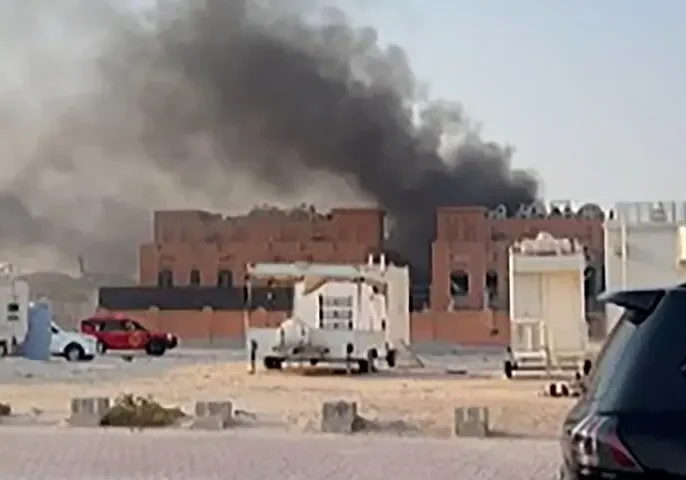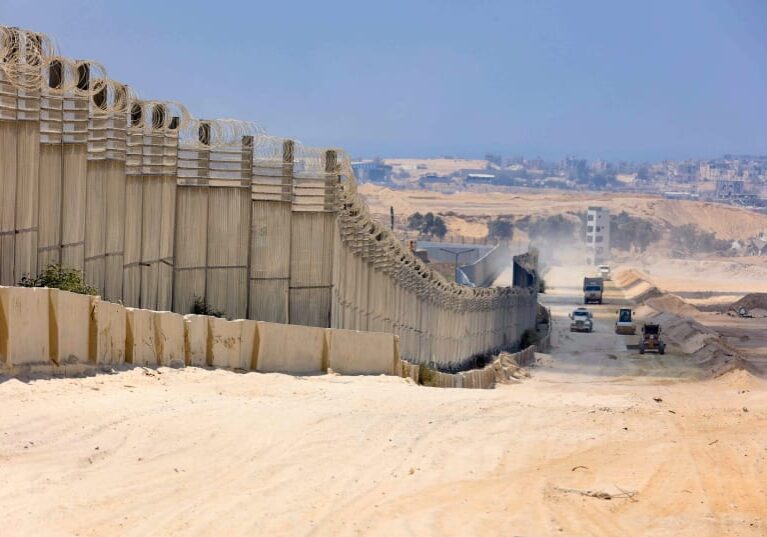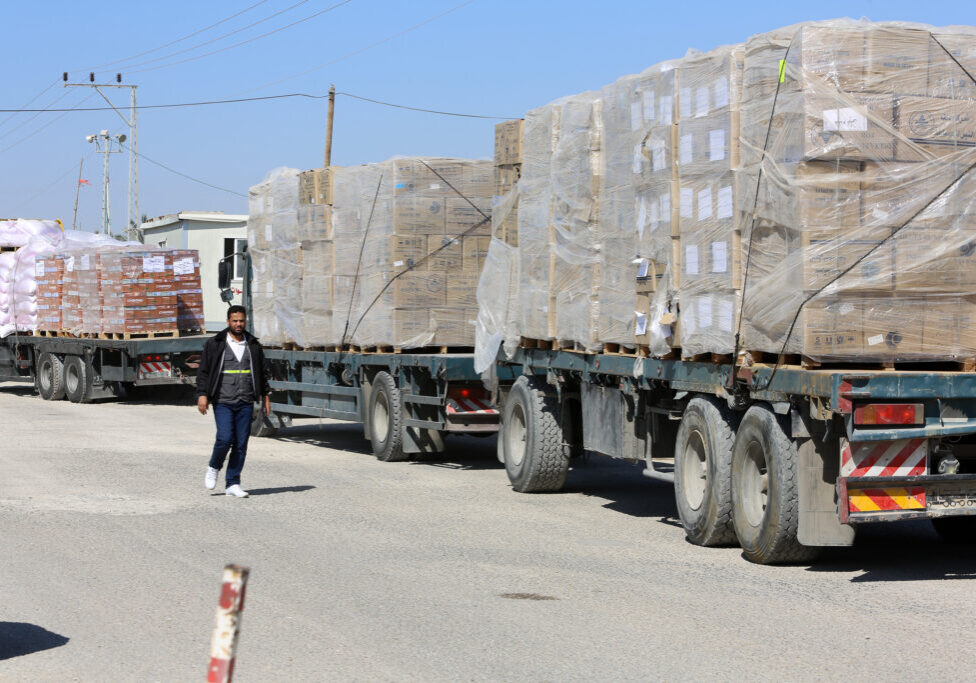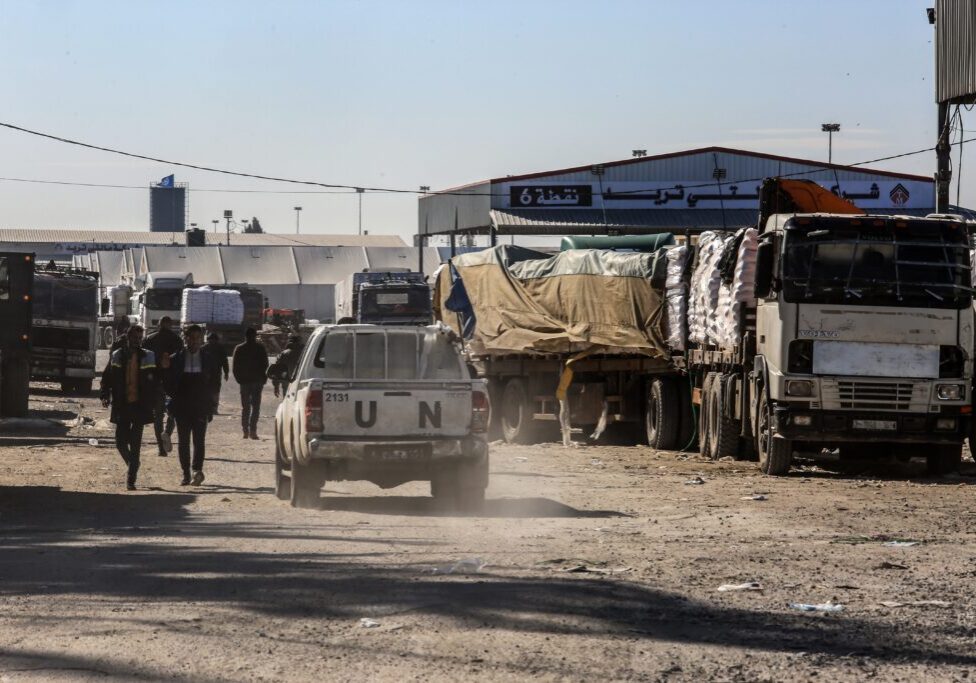Australia/Israel Review
Recasting the Sinai Triangle
Jan 29, 2014 | Ehud Yaari

Ehud Yaari
Over the past year, Israel and Egypt have used a little-known, legally permissible understanding – the Agreed Activities Mechanism – to bypass restrictions on the number and type of Egyptian forces permitted in much of the Sinai. As a result, considerable Egyptian army forces are now constantly deployed in central and eastern Sinai (Areas B and C of the peninsula, respectively), in a manner and scope never envisaged by the teams that negotiated the treaty more than three decades ago. Going forward, this new reality on the ground is unlikely to be reversed and is bound to have profound consequences for Egyptian-Israeli security cooperation, Cairo’s ongoing counterterrorism campaign, and the fate of Hamas in the neighbouring Gaza Strip.
TREATY VS. REALITY
The Military Annex of the 1979 treaty imposed strict limitations on the number of soldiers and type of weapons Egypt could deploy in the peninsula, as well as where they could be deployed. Specifically, it prohibited Cairo from stationing any military forces in Areas B and C other than lightly armed police or border guards. Since last year, however, the Egyptian military presence in these areas has often reached an order of battle approaching the size of a light mechanised division – in other words, roughly equivalent to the maximal 22,000 troops permitted along line A in western Sinai.
This de facto change in the way the treaty is observed and implemented came about through a series of quiet bilateral understandings smoothly negotiated under the auspices of the Multinational Force of Observers (MFO), currently led by veteran US diplomat David Satterfield.
By way of the Agreed Activities Mechanism, a long-existing understanding reached under the MFO and never publicised widely, Israel agreed to allow the introduction of Egyptian troops into “prohibited” regions in central and eastern Sinai, and later a steady expansion in size and quality of military equipment. Today, Cairo regularly employs Apache attack helicopters, armoured carriers, and elite commando battalions in these areas, as well as occasional F-16 overflights, one or two tank companies, and more. Under Maj. Gen. Ahmed Wasfi, the Second Army has essentially based its headquarters in al-Arish, the capital of Sinai’s northern governorate, for some time.
The purpose of Egypt’s deployment is nominally explained away as “exercises,” but it has never been a training mission for the units in question. Moreover, by renewing the arrangements monthly, Cairo and Israel have created a situation in which a sizeable contingent of the Egyptian army is a permanent feature of the Sinai landscape. Discontinuing this unofficial change to the Military Annex no longer seems logical – rather, the situation seems destined to become an unannounced revision of the treaty. And by sidestepping calls in Egypt for formal revision of the Military Annex, the parties avoid the risk involved in opening the treaty to a review process that could spur a multitude of politicians to tear it apart.
THE SINAI CAMPAIGN
Over the past few months, the Egyptian army’s new configuration in the peninsula has helped it gain the upper hand in the battle against terrorist militias that have found safe haven there. After isolating and largely clearing the populated northeastern Sinai – sometimes using brutal scorched-earth tactics against Bedouin villages, encampments, and neighbourhoods – the army put many terrorist factions on the defensive, most notably Ansar Beit al-Maqdis. Around 20 top terrorist commanders have been killed thus far, though Ansar leader Abdullah al-Ashqar has escaped capture.
The next move is expected to be a spring offensive against the main terrorist stronghold in Jabal Halal, also known as “Sinai’s Tora Bora”, where around a thousand armed militiamen are now sheltering. A secondary objective would be the Jabal Amer area close to the Israeli border. In both cases, Egyptian forces will most likely resort to aerial bombardment and artillery shelling rather than storming with infantry. Some terrorists have already left the Sinai for fear of the coming attack.
Israel has an obvious interest in the success of Egypt’s campaign, since Sinai terrorists have attacked several Israeli targets across the border via suicide bombings, missiles and ambushes. In fact, Israel has long encouraged Cairo to adopt a more proactive posture in pursuit of these terrorists.
For their part, Egyptian officials view the Sinai militants as a direct threat to the security of mainland Egypt. Indeed, suspicions that Ansar Beit al-Maqdis and other factions operate across the Suez Canal have been substantiated. These groups have already claimed responsibility for attacks such as the December 24 car-bombing in front of central security headquarters in the delta city of Mansoura, which killed 16 security personnel. Terrorists have also attempted to disrupt shipping through the Suez using rocket-propelled grenades, spurring Cairo to implement special security measures around the canal, including installation of a new reconnaissance system with American advice.
These Egyptian concerns – coupled with Israel’s fear that the same terrorists might attack its own shipping route in the Gulf of Aqaba, as well as Eilat Airport and various population centres along the 250-kilometre frontier – have laid a solid base for the kind of deep bilateral cooperation now witnessed in the Sinai. The level of coordination and exchange of information is at an all-time high, and top commanders from both countries are now in almost daily communication.
For its part, the MFO has proved to be a reliable, discreet, and effective tool for facilitating Egyptian-Israeli exchanges removed from public scrutiny. It plays the invaluable role of ensuring that both parties abide by their understandings, providing an address through which to quickly resolve problems and prevent crises. The MFO is therefore an indispensable contact point in the Sinai’s changed military situation. (Ed. note: The MFO today fields a substantial Australian contingent, as it has for most of its existence since its foundation in 1982).
THE HAMAS DILEMMA
The Egyptian army now views the Hamas regime in Gaza as an enemy, publicly blaming it for assisting Sinai terrorists. The military claims to have obtained reliable information that terrorists in the peninsula and even mainland Egypt have been smuggled into Gaza at one point or another, undergoing training in explosives and other military activities at Hamas military bases.
Cairo has also accused two key figures from the Izz al-Din al-Qassam Brigades, Hamas’ military arm, of overseeing this training: Raed al-Attar, commander of the group’s southern brigade in Rafah, and Ayman Nofal, ex-commander of the central brigade who was jailed in Egypt during Hosni Mubarak’s presidency but escaped back to Gaza during the 2011 revolution. Egyptian intelligence is well aware of the ongoing deal between Hamas and Salafi jihadists in Gaza: namely, Hamas does not prevent the latter from collaborating with their colleagues in Sinai, while the Salafists agree to avoid actions that might spark clashes with Israel along the borders of the strip.
Meanwhile, Egyptian military authorities have urged the national media to adhere to a harsh anti-Hamas campaign. In January alone, several unidentified high-ranking officers called for either a direct strike on Gaza or a campaign to turn the strip’s population against their unpopular government, the latter with the support of the Palestinian Authority and, tacitly, Israel.
In line with these views, Egyptian authorities have repeatedly asked Israel to consider creative new ideas for increasing non-military pressure on Hamas. Yet the two countries have yet to reach a common strategy on that front. Whereas Egyptian military leaders believe that demolishing the Muslim Brotherhood’s political power at home requires getting rid of the group’s Palestinian sister movement in Gaza, Israeli authorities are reluctant to push Hamas to the brink of collapse for fear of the unknown: namely, who would replace Hamas if its regime were brought down by mass protests? Israelis are concerned about anarchy erupting in the strip or, perhaps worse, a takeover by even more radical actors such as Iran-backed Palestinian Islamic Jihad or Salafi jihadists.
For its part, Hamas has been taking measures to forestall any mass demonstrations or other efforts to sabotage its governance. This includes making clear and credible threats to the populace that any riots will be met with live ammunition from the start.
The Egyptian army’s substantial deployment in previously forbidden areas of central and eastern Sinai – together with the increase in Egyptian-Israeli security cooperation and the isolation of Gaza by restricting traffic at the Rafah terminal and blocking more than a thousand smuggling tunnels between the strip and the Sinai – has created a new geopolitical configuration in the peninsula, one worthy of international support. Stabilising and pacifying Sinai would remove the danger of terrorist operations that threaten both Egyptian-Israeli relations and the safety of shipping through the Suez Canal and its connecting sea lanes. Such an outcome would also loosen Hamas’ grip on Gaza; indeed, some Hamas leaders have already expressed willingness to extend concessions to the Palestinian Authority and seek formal reunification of the West Bank and Gaza. This is but one indication that the new realities in the Egypt-Israel-Hamas triangle are bound to have a major impact on the Palestinian scene.
Ehud Yaari is a Lafer International Fellow with The Washington Institute and a Middle East commentator for Israel’s Channel Two television. He is expected to visit Australia later this month as a guest of AIJAC. © Washington Institute, reprinted by permission, all rights reserved.
Tags: Egypt






